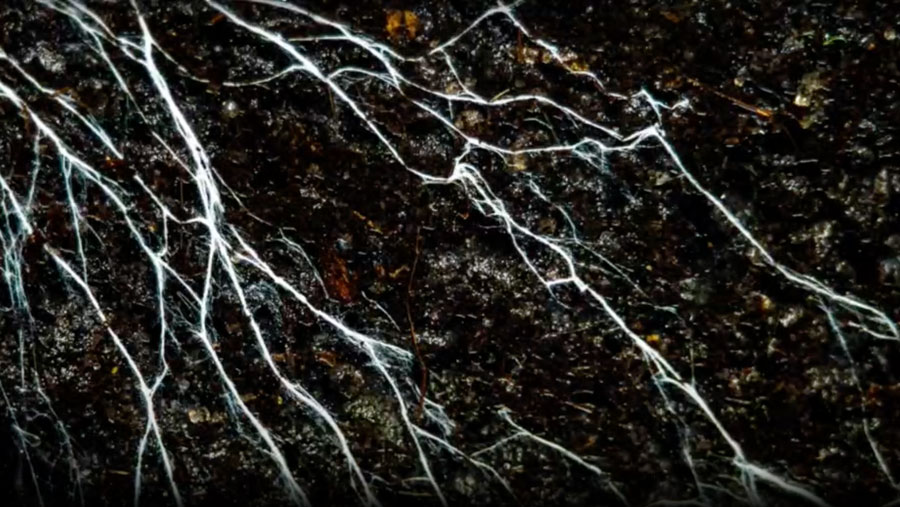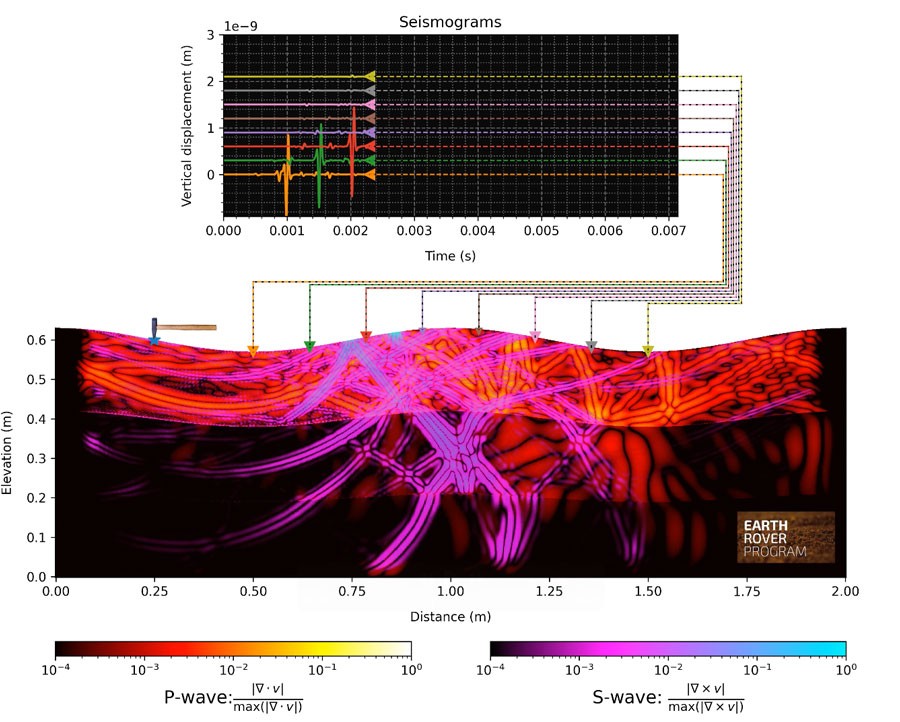
Why the Earth Rover Program
While billions of dollars have been spent on the Mars Rover Program, which seeks to characterise the surface of that planet, we think it’s high time we understood a little more about our own.
We need to improve our knowledge of the soil, we need to see…


We use seismic techniques to uncover the hidden structure and health of soils
Soil is one of Earth’s most vital ecosystems. It provides 99 percent of the calories we eat, holds more carbon than the atmosphere and all living biomass combined, and is home to 59 percent of all species. Yet more than 75 percent of soils worldwide are now degraded through erosion, pollution, intensive agriculture and climate extremes. The combination of land degradation and climate breakdown could reduce crop yields by up to 50 percent in vulnerable regions by 2050.









